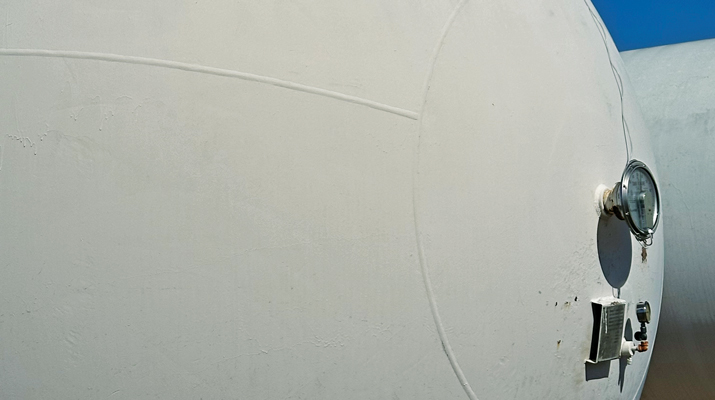Causes of grill fires
Grilling is one of the great ways to enjoy our summer.
Recent statistics show that almost 60 million gas grills are in use in the United States. The propane industry has seen a rapid increase in cylinder sales to service this growing pastime. We are in peak grilling season, with July being the biggest grilling month of the year, according to the Hearth, Patio & Barbecue Association. However, grilling has become so popular that it really is a 12-month passion.
So this month it seems fitting to review the primary reasons behind fires linked to the use of gas grills.
In addition to NFPA 54 and 58, the National Fire Protection Association (NFPA) provides a review of the primary causes of gas grill fires.
It pulls its data from the National Fire Incident Reporting System, a function of the U.S. Fire Administration, and compiles statistics from fire department reports. NFPA also conducts an annual survey of fire department experiences to gather this data.
The most recent report, released in April, looked at incidents from 2009-13. The study defined “grill” to include gas grills, hibachis and barbecues.
During this period, an average of 8,900 home fires involving grills occurred each year, and five out of six involved gas grills. In addition, 3,900 of these fires involved structures, and 5,100 were outside or unclassified. These 8,900 fires caused 10 deaths, 160 injuries and $118 million in property damage each year of the study period.
In a separate report conducted by the Consumer Product Safety Commission, 16,600 patients reported to the emergency room in 2014 for injuries from gas grills. Of the reported injuries, 8,700 were from thermal burns, and three out of five were from contact with the grill or food. Also, 1,600 were to children under the age of 5.
Contributing factors
The primary causes of gas grill fires involving structures included the following: a failure to clean the grill (24 percent); the grill being too close to combustibles (15 percent); leaving the equipment unattended (15 percent); a leak or break in a gas line (14 percent); and using the grill for warming (7 percent).
The primary causes of gas grill fires that occurred outside or were unclassified were: a leak or break in the grill (27 percent); a failure to clean the grill (19 percent); an unclassified mechanical failure (9 percent); the grill being too close to combustibles (6 percent); using the grill for warming (6 percent); and leaving the grill unattended (5 percent).
The leading areas of origin of gas grill fires in structures included: on the courtyard, terrace or patio (27 percent); exterior balcony or open porch (27 percent); unclassified outside area (14 percent); kitchen or cooking area (8 percent); exterior wall surface (5 percent); and lawn, field or open area (1 percent).
The leading area of origin of gas grill fires for outside or unclassified fires included: courtyard, terrace or patio (40 percent); unclassified outside area (25 percent); exterior balcony or open porch (14 percent); lawn, field or open area (5 percent); kitchen or cooking area (2 percent); and exterior wall surface (1 percent).
The peak month for grill fires was July, with 17 percent of all incidents occurring in the month. Moreover, 75 percent of all grill fires occur during April, May, June, July, August and September. This six-month window accounts for three times the incidents for the remaining six months of the year. Of course, we are now in the prime time for grilling – and for grilling incidents.
So, armed with this knowledge, we can remind our customers at the point of purchase, or through customer newsletters and mailings, to take the necessary safety steps to avoid these incidents. Remind them to clean their grills, attend to them while in use, keep children away and read the instructions and warnings that come with the grill and those on the 20-pound cylinders we sell.
A safe customer is a happy customer.
John V. McCoy is with McCoy Leavitt Laskey LLC, and his firm represents industry members nationally. He can be reached at 262-522-7007 or jmccoy@MLLlaw.com.
















